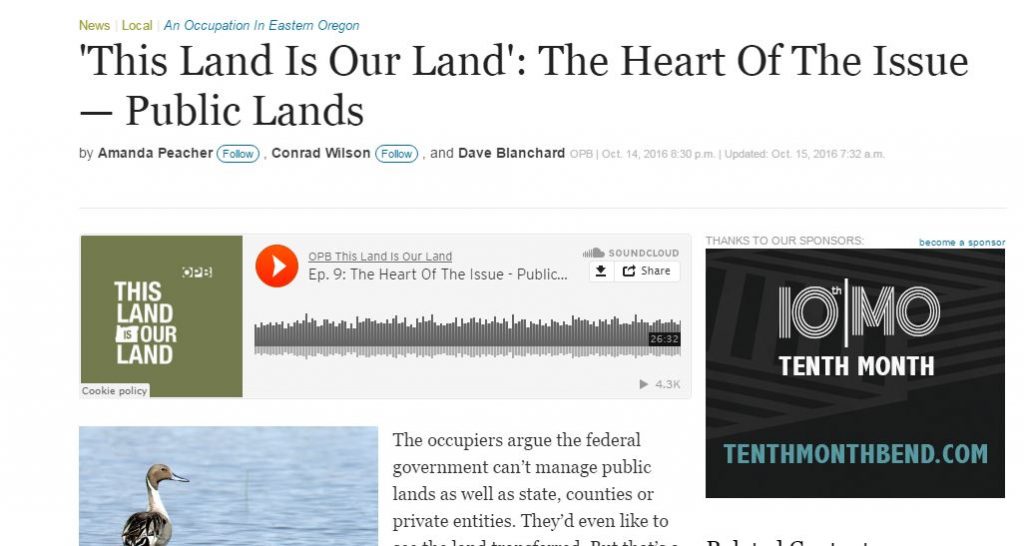How Leftist Global Warming Policy Will Wreck Your Truck
By P.M. Lark for American Thinker
I was talking with a friend the other day about canceled airline flights trying to get home to Montana from a vacation in Alaska and the seemingly unrelated topic of the high price of pickup trucks. The thought occurred to me that they are connected by way of another government-sponsored mass formation psychosis that’s been building for the last five decades or so: global cooling, global warming, climate change, or whatever.
There’s a pretty simple reason why trucks will continue to get more popular and expensive: federal regulations attempting to reduce the production of carbon dioxide (CO2) is forcing the elimination of fossil fuels in normal light-duty vehicles based on the flawed premise that CO2 is a pollutant.
First, a quick primer on automotive emissions regulation. The EPA has been regulating engine tailpipe pollutants under the Clean Air Act (CAA) since the early ’70s. These gases are known as “criteria pollutants” in the industry and are actually pollutants in the strict sense of the word — harmful and unintended byproducts of imperfect combustion. From the beginning, there have been four of them relevant to vehicles: hydrocarbons (HC), carbon monoxide (CO), nitrogen oxides (NOx), and particulate matter (PM).
Advances in engine technology have virtually eliminated these. Think about it: when was the last time you heard about someone locking himself in a garage to commit suicide from carbon monoxide poisoning (not that you should go out and try to prove it)? It’s difficult to fill a garage with enough CO to do that with a properly running modern engine.
It’s also important to note that the EPA’s regulatory structure is quite demanding, with strictly defined caps and draconian enforcement protocols as well as fines that can be pretty much whatever amount the agency decides, with no right of appeal at all. It’s also what is referred to as a “type approval” regulatory system that requires tremendous testing and reporting to the agency and getting formal certificates of approval from the agency before a single vehicle can leave the manufacturing plant’s parking lot — not even to be loaded onto a train that’s on a track that runs through that parking lot. Auto manufacturers tend to avoid messing with the EPA if at all possible because it would be very easy for the EPA to bankrupt a company if it felt like it.
The other relevant regulation comes out of the Department of Transportation, and it’s a fuel economy regulation known as Corporate Average Fuel Economy (CAFE). Established in the mid-’70s, it requires that the average fuel economy of various segments of a manufacturer’s cars and light trucks meet a particular number of miles per gallon (MPG). Compared to EPA regulations, this is a walk in the park. First, it’s an average. If you want to sell high-margin, powerful luxury cars, you just need to basically give away a bunch of cheap little econoboxes. And then there’s the problem of penalties. They’re really cheap — set in the original law passed by Congress when it was established in the mid-’70s and never updated for inflation. Manufacturers can make the cost of the fines back up by charging customers an extra $10 or $20 on list prices of $40,000 or $50,000. And finally, it requires a manufacturer to tell the agency what it’s sold after model year and send a check in for its fines, if any.
You’ll notice that CO2 has yet to be mentioned. That’s because it’s never been a pollutant until recently. It’s the stuff you exhale your entire life. It makes plants grow. It, along with water, is the desired outcome of all combustion. Moreover, the Earth’s atmosphere is 78% nitrogen and 21% oxygen — CO2 is only some of the stuff in between that. Not to put too fine a point on it, but CO2 is the stuff of life and, even more importantly, the stuff of a better life for everyone.
…until 2007, anyway. That was the year of the Supreme Court ruling in Massachusetts v. EPA, saying CO2 could be regulated as a pollutant under the CAA if the Bush administration couldn’t give a good reason why it shouldn’t be. The Obama administration declared in 2009, in one of its first acts, that there was no good reason and made it law — conveniently without legislative amendment to the CAA.
Now back to a little bit of simple high school chemistry. Burning a gallon of gasoline yields 18.7 pounds of CO2. Burning a gallon of diesel fuel yields 22.5 pounds of CO2. And those are the fossil fuels that produce the most energy per unit of any liquid fuel that flows (which is why we don’t use coal in cars). Electricity does not produce energy; it is the energy that is produced. Therefore, it must be at a loss comparatively. The numbers I’ve seen from people who’ve done the calculations say as little as 5% of the energy that went into making electricity actually ends up doing useful work.





Demos And Repubs All are part of their same snake pit. Soo the inflation and excess govt regulations will just continue.
I imagine they’re All to dishonest or stupid to simply drop income tax and pay their 30 trillion debt with a simple 3 to 4% sales tax on Everything sold and imported.
In the meantime the dollar goes to $0 true value and pickups go to say $500k per. It’s not rocket science.